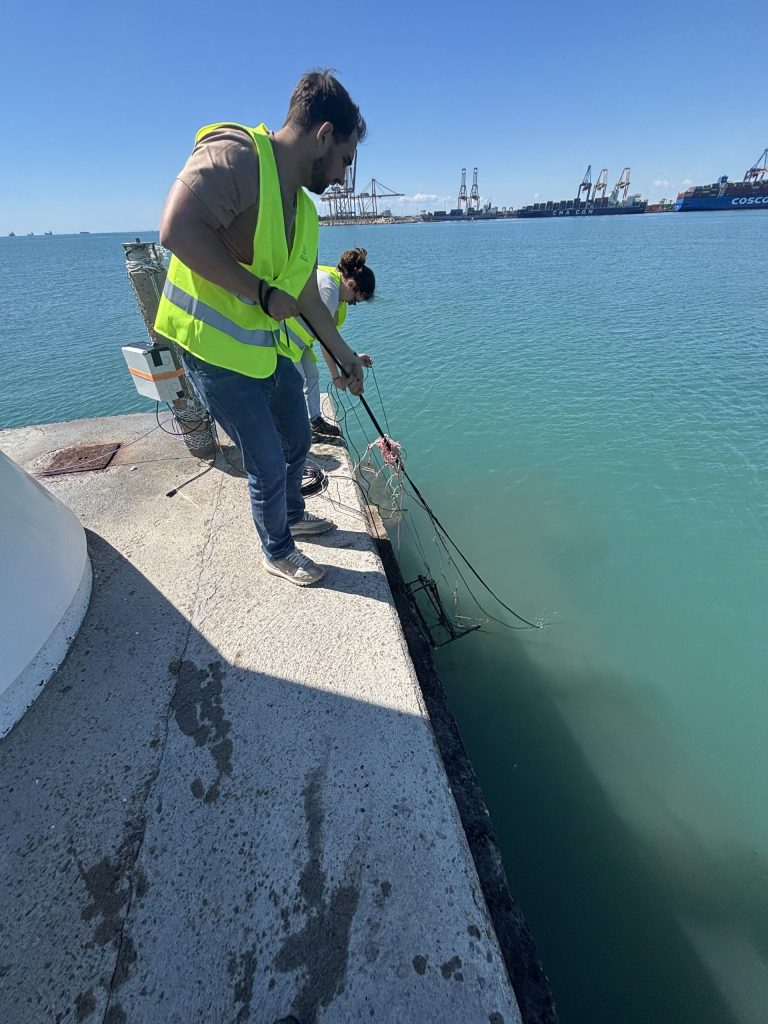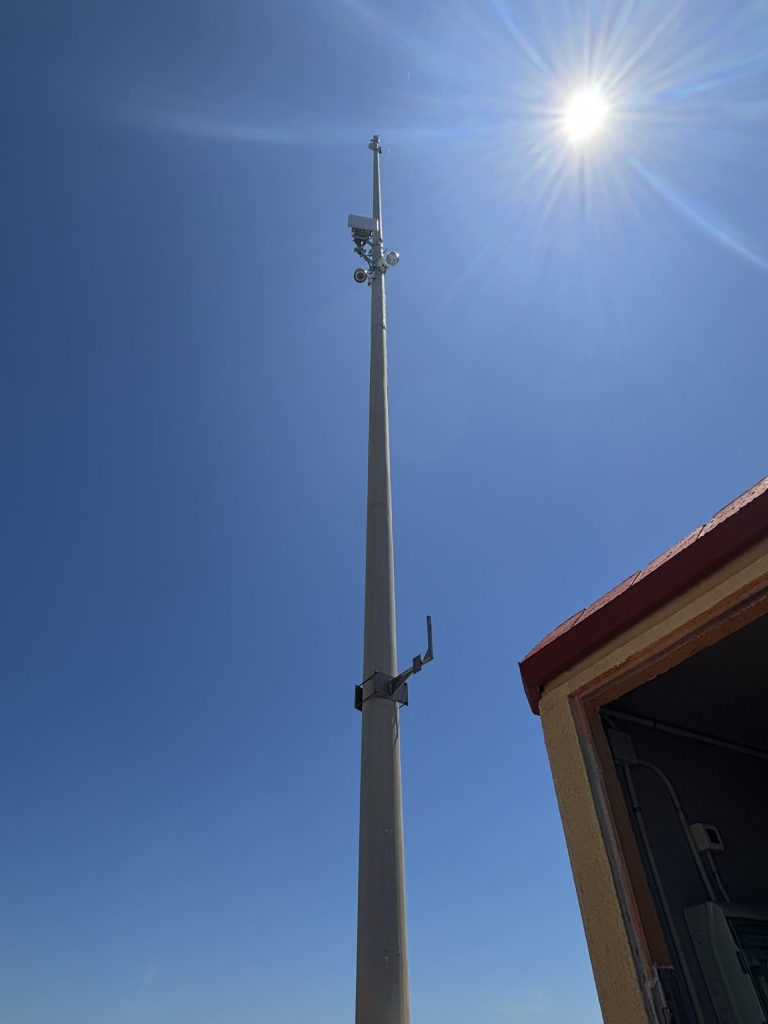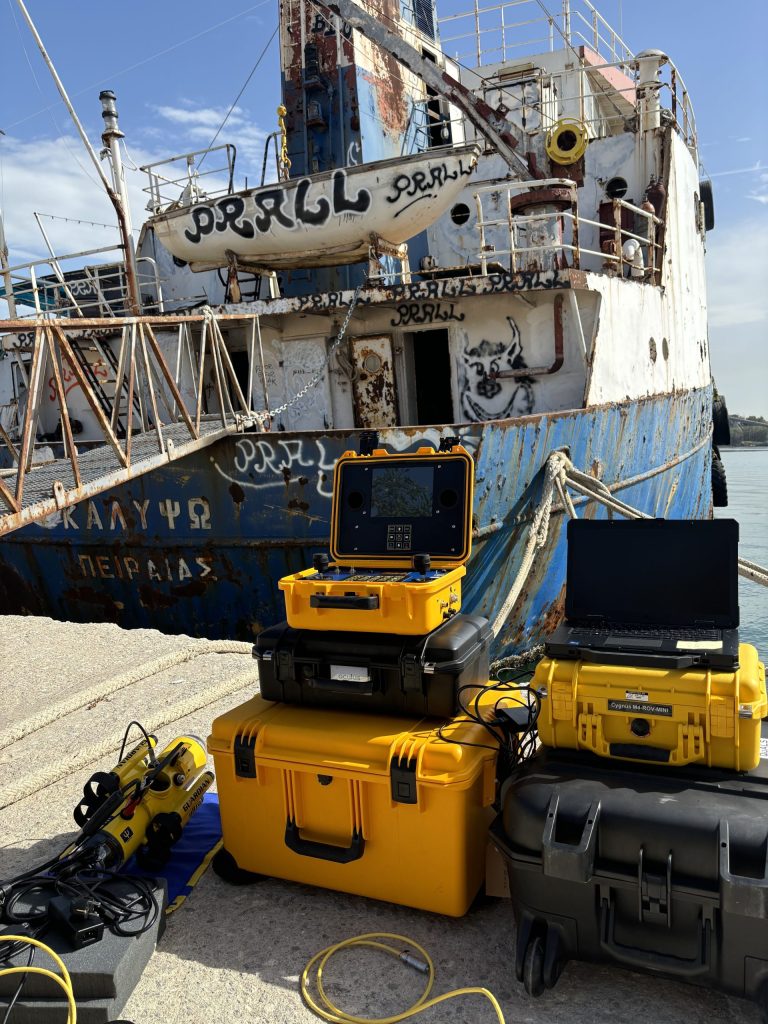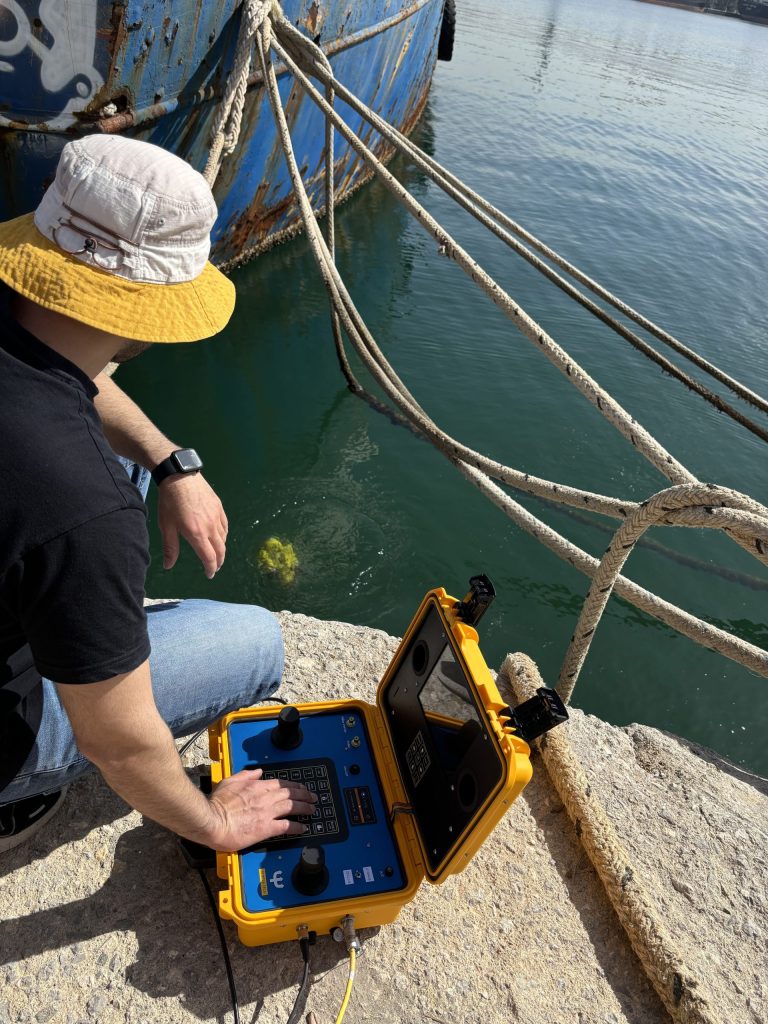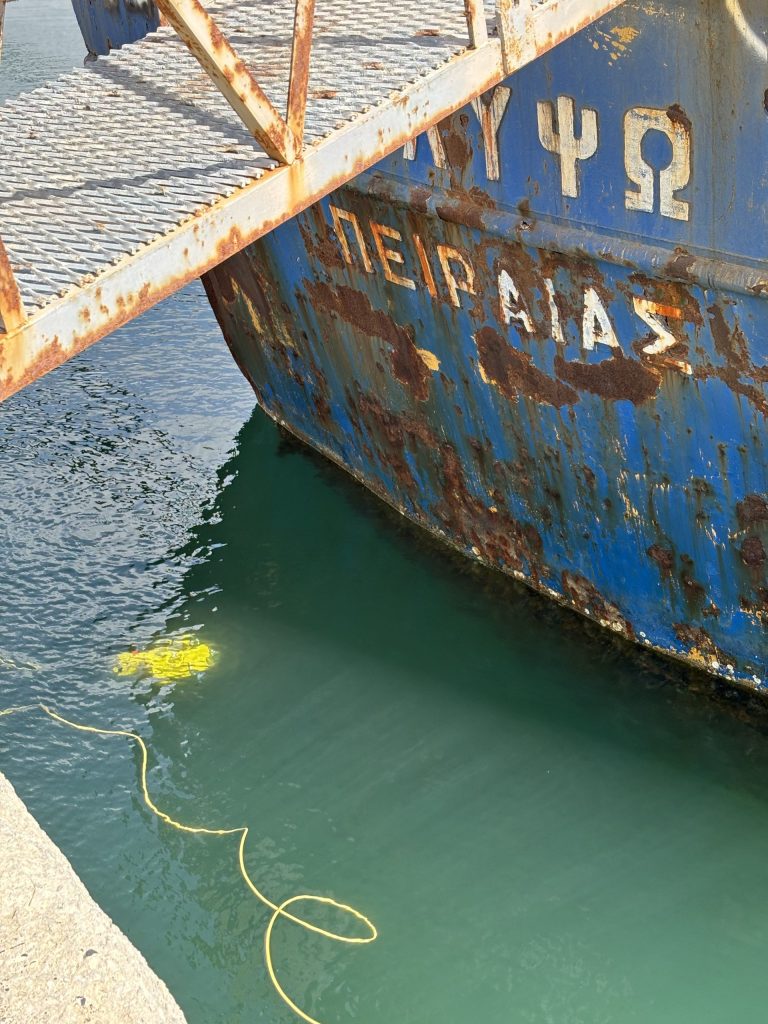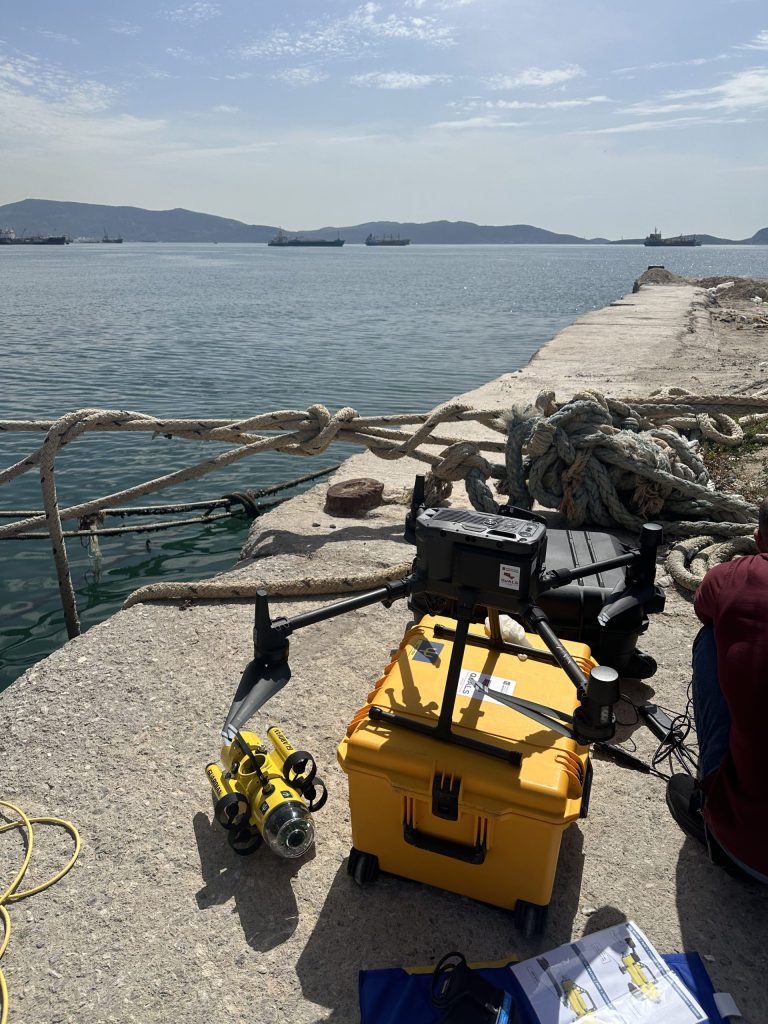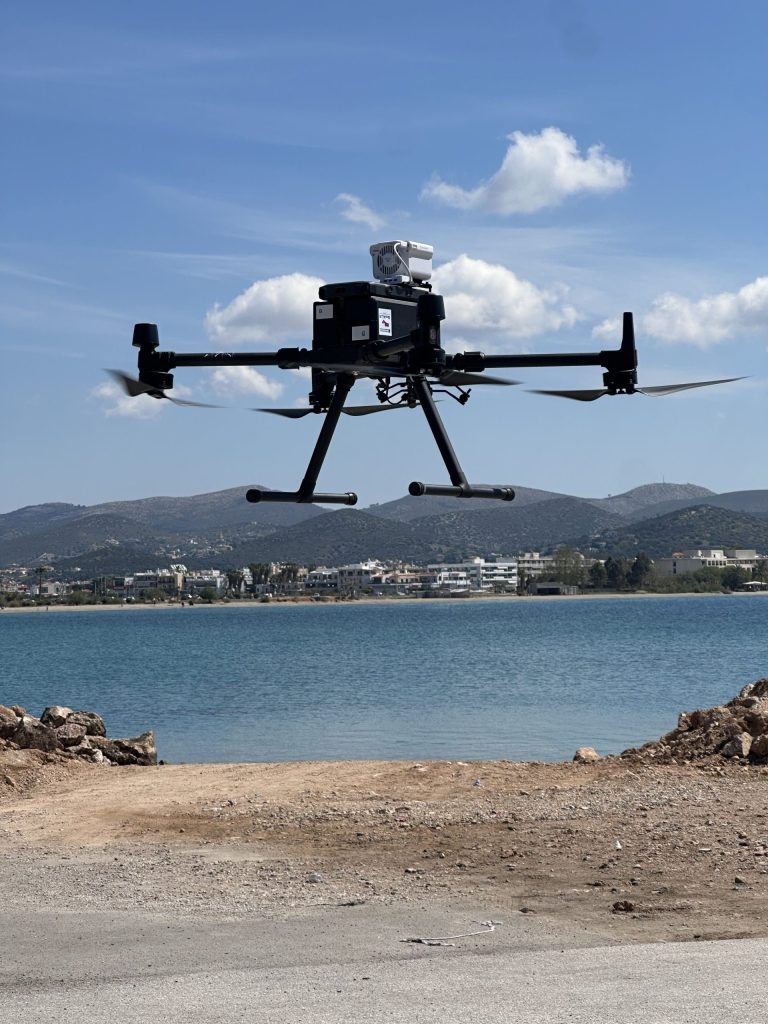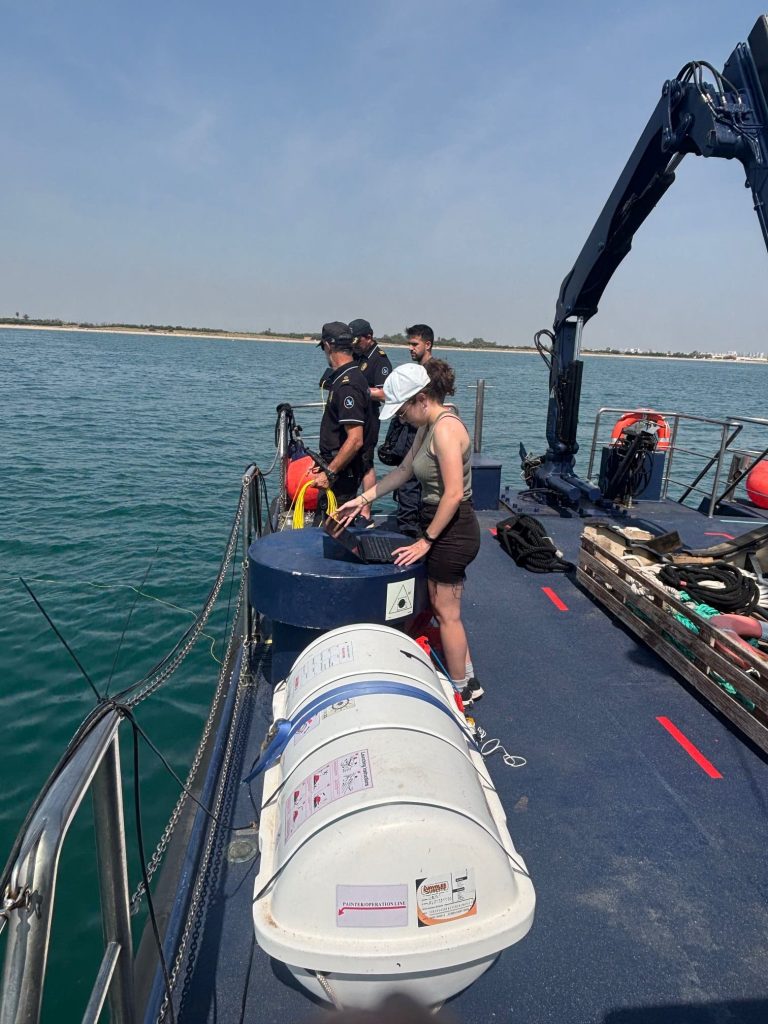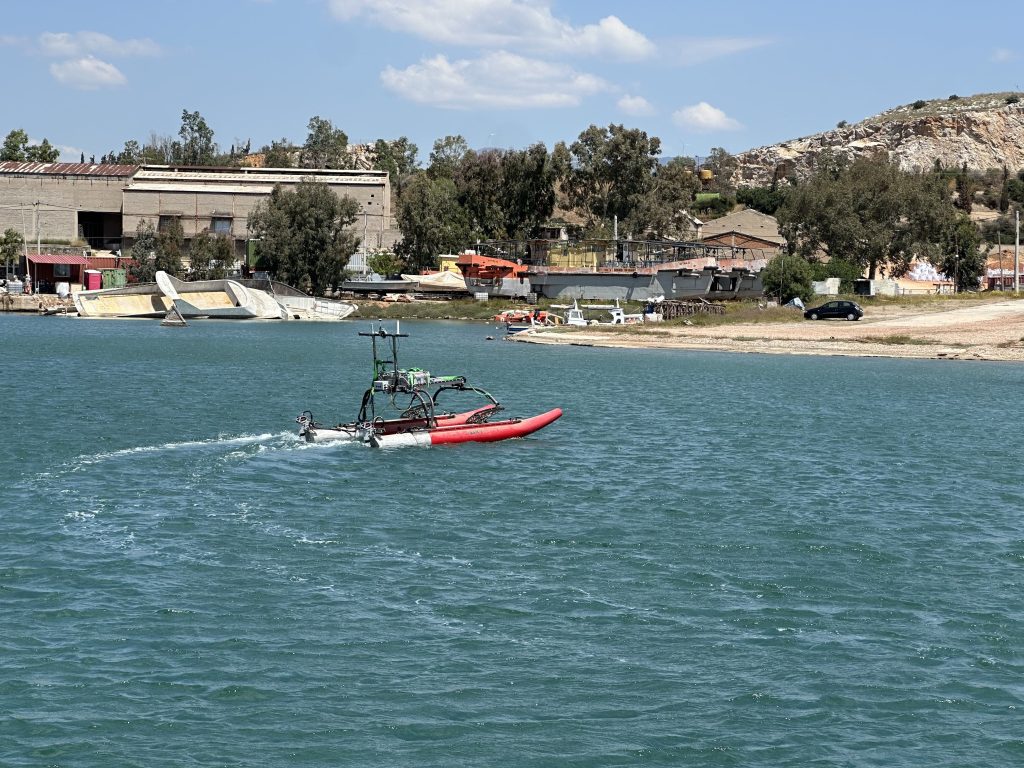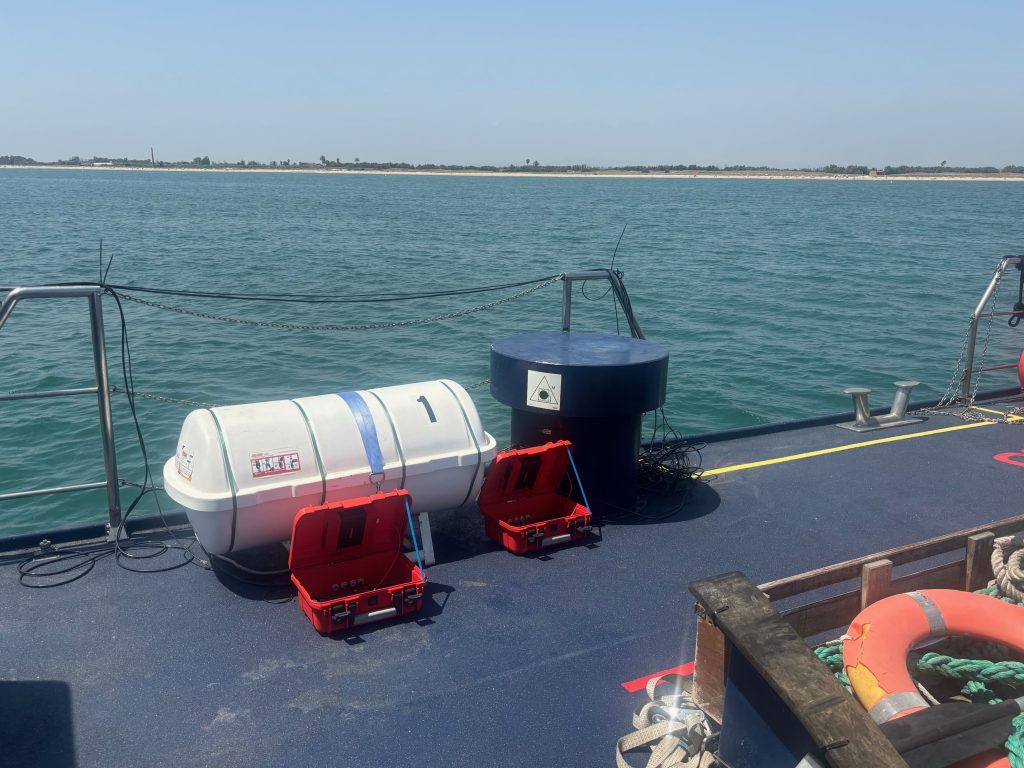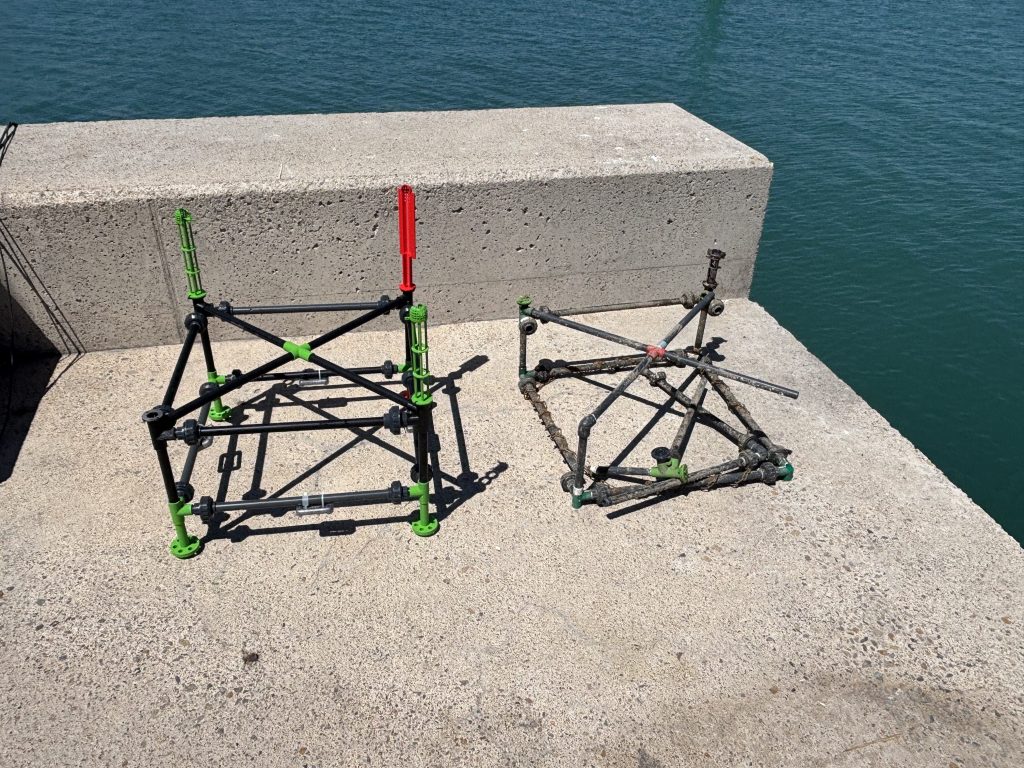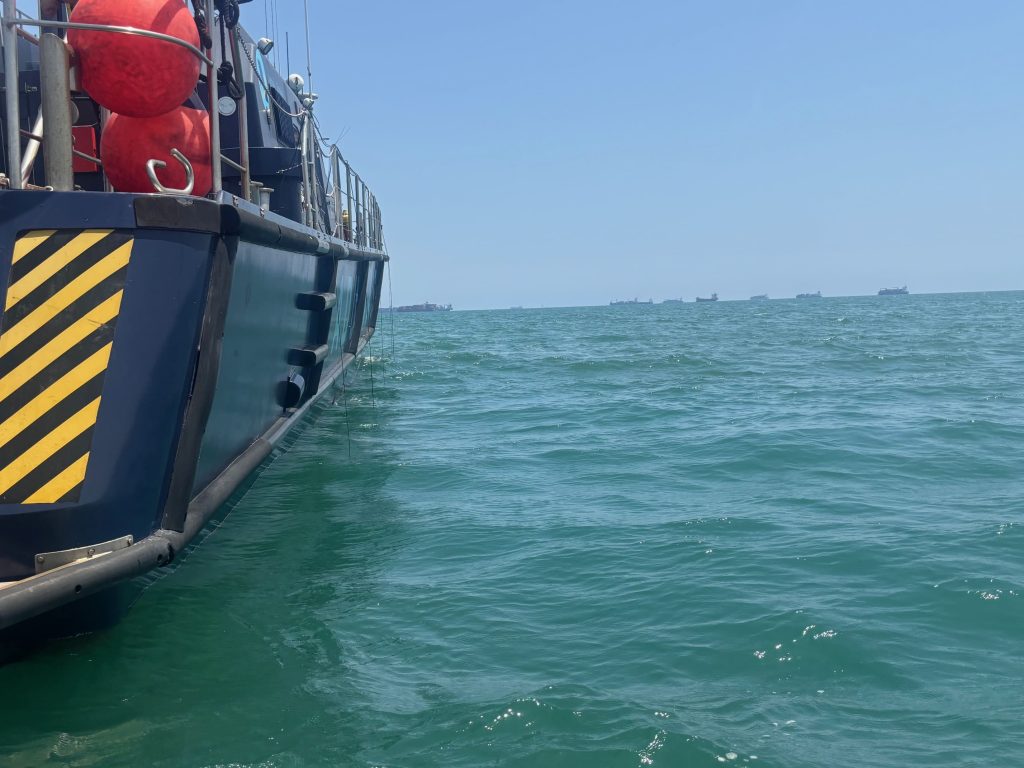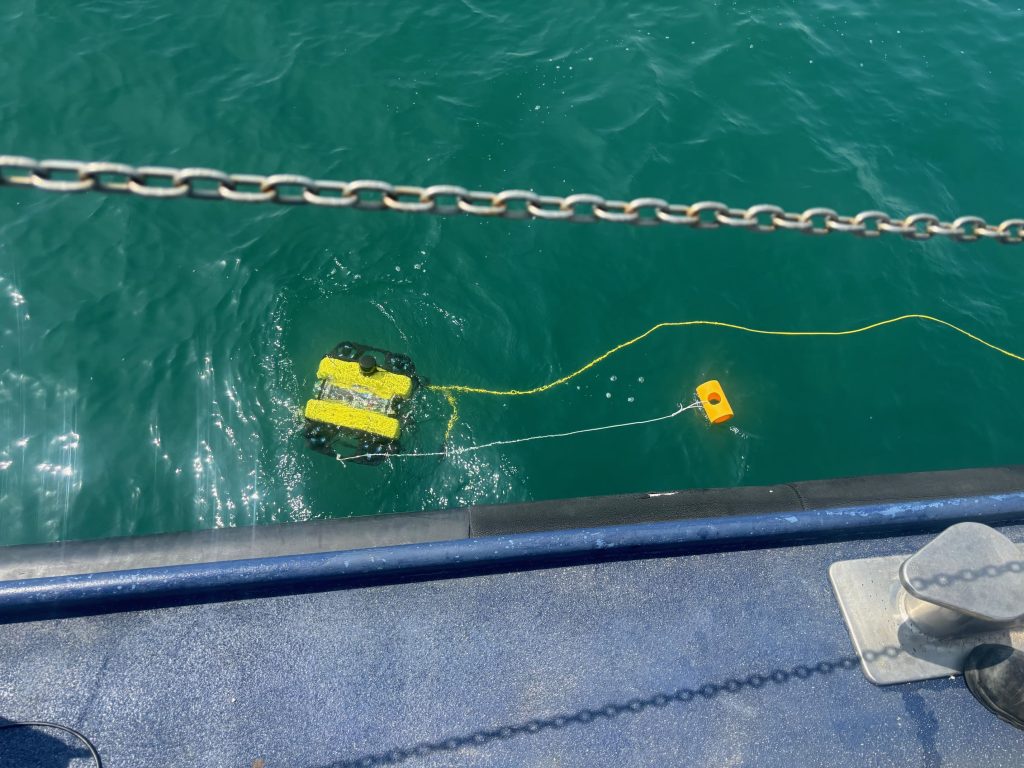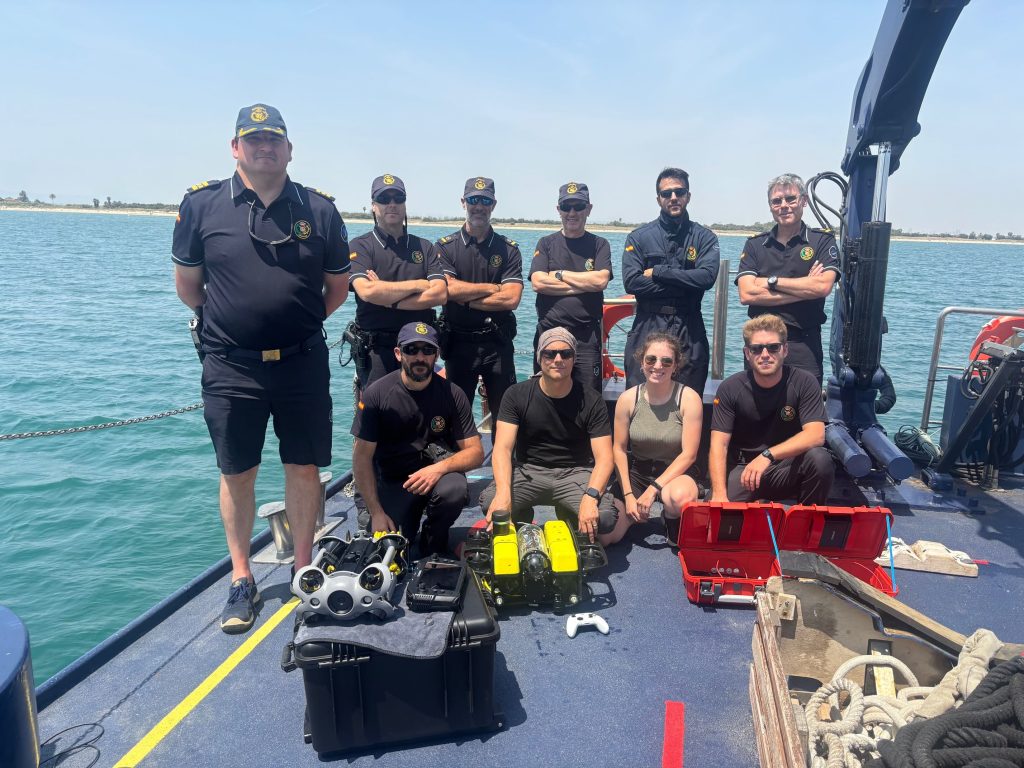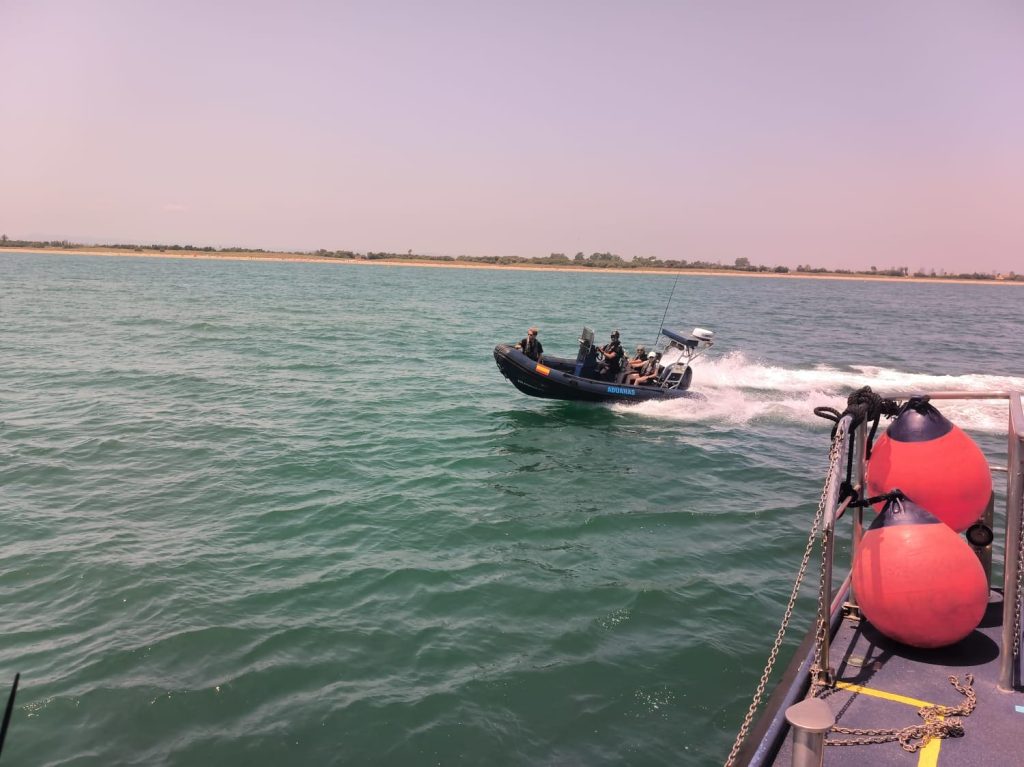SMAUG Technologies Validation
One of the primary objectives of SMAUG is to demonstrate and validate the solutions developed to ensure effective collaboration between the project’s end users, such as security and port authorities and the technical partners throughout the entire project lifecycle. To this end, project partners regularly conduct tests in major port environments to assess and refine the technologies prior to their final deployment.
As we enter the third and final year of the SMAUG project, we are showcasing the latest pilot demonstrations taking place across ports throughout Europe.
Port of call: Elefsina
Field Testing at the Port of Elefsina: Preparing for the Greek Use Case with UPRC
Field tests were conducted at the Port of Elefsina, one of the two designated Greek use case sites. The objective of these tests was to prepare for the implementation of the Greek use case by verifying that all systems are fully operational and compliant with the specified requirements.
It all started with a performance test of a DJI Matrice 300 RTK quadcopter drone, focusing on its flight capabilities and the operational accuracy of its onboard sensors. The compass was calibrated, and the integrated H20T cameras were evaluated for video capture quality and overall performance across various flight patterns.
Subsequently, a USV test was conducted with the WAM-V 16 vessel, which was transported to the testing site at the Port of Elefsis, the designated location for the Greek use case, for the duration of the trial. The assessment focused on the vessel’s general navigation behaviour, as well as the performance of its engines, batteries, and GPS system. In addition, the hull of a shipwreck, intended for use within the scenario, was horizontally scanned in accordance with the use case instructions, utilising the integrated Multibeam Sonar Oculus M3000d device.
The Mini-ROV Guardian vessel navigation and performance was tested at the same use case site, with the attachment of a Multibeam Sonar Oculus m3000d device on the mini submarine. Both the lower part of the shipwreck’s hull as well as the surrounding sea floor, was inspected through the use of the ROV’s onboard camera and the sonar system.
Port of call: Valencia
UPM, FAVIT and AEAT are implementing underwater sound monitoring tests in the Port of Valencia
On June 18–19, 2025, consortium partners UPM and AEAT conducted field tests at the Port of Valencia, one of the designated areas for the SMAUG project in Spain. The objective of these trials was to evaluate the detection capabilities of hydrophones in the context of maritime threat monitoring. The tests involved a variety of targets, including zodiacs, UUVs, and boats, with the aim of assessing system performance and usability in identifying potential illegal trafficking activities.
In parallel, another field activity focused on the deployment of long-term underwater sound monitoring tests at the Port of Valencia, carried out with the involvement of three consortium partners. The Universidad Politécnica de Madrid (UPM) designed and developed custom hydrophone kits and embedded signal processing systems capable of acquiring and analysing underwater acoustic data in real time. These systems, tailored for continuous operation in complex port environments, are essential for monitoring underwater noise and marine activity with high sensitivity and precision.
FAVIT contributed by developing a cloud-based monitoring framework that enables seamless, real-time access to acoustic data streams. This platform provides storage and advanced analysis infrastructure, supporting vessel classification and long- term data management.
The entire testing infrastructure was deployed and managed on-site at the Port of Valencia under the supervision of Fundación Valenciaport, ensuring compliance with operational and environmental protocols at one of Europe’s leading smart ports.
Together, these field tests represent a significant milestone in the collaborative effort to integrate and evaluate advanced technologies within the maritime environment.
These pilot activities mark a crucial step toward validating SMAUG’s innovative solutions in real operational environments. By engaging end users and technical partners in continuous testing and refinement, the project ensures that its technologies are both effective and aligned with real-world needs.
As the project moves into its final phase, preparations are underway for the culmination of pilot demonstrations across all three use case locations: Greece, Spain, and Norway.
These concluding field tests will bring together the outcomes of the consortium’s collaborative work, showcasing the full potential of SMAUG’s technologies in enhancing maritime and port security across Europe and beyond.




